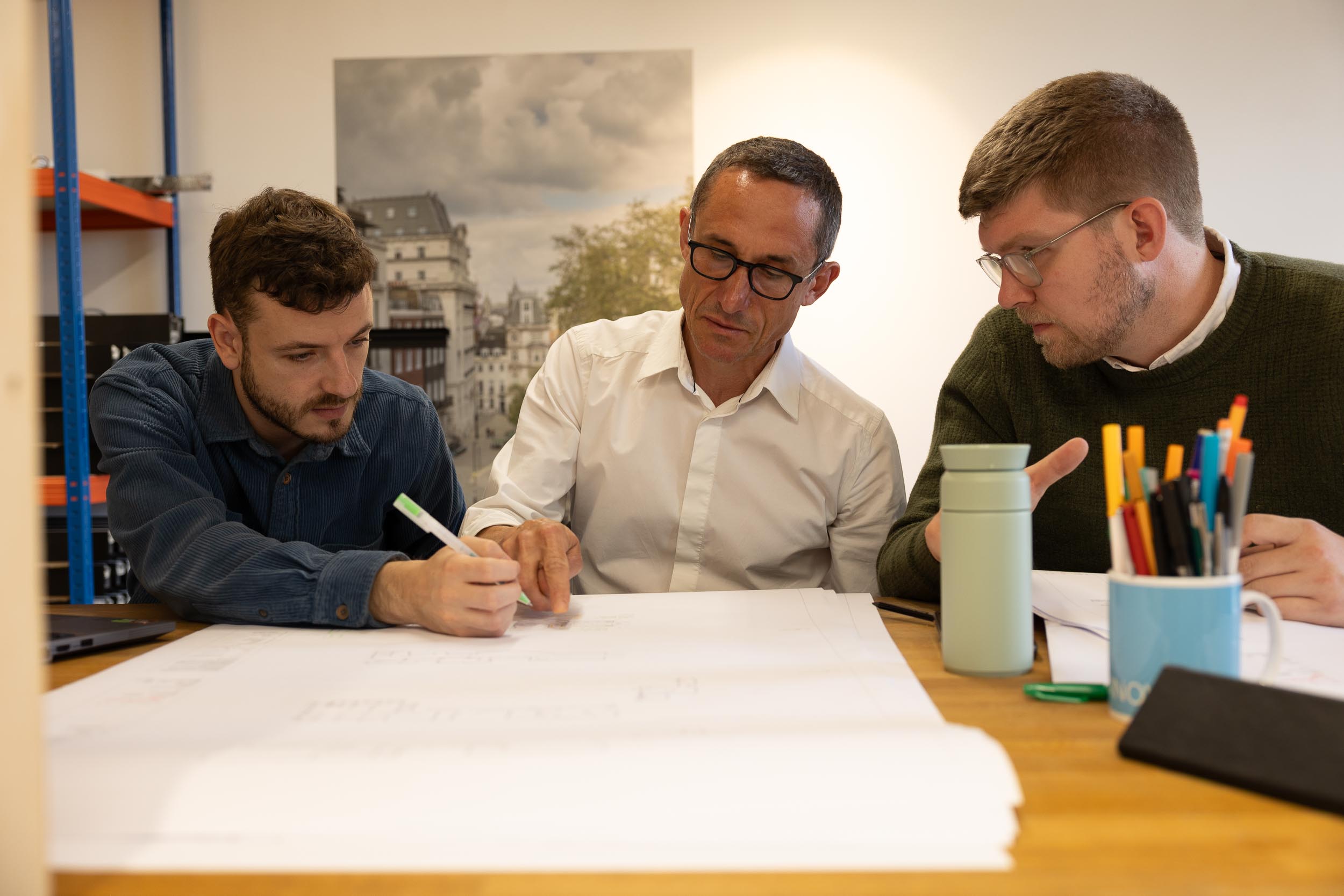

Here you’ll find updates from our studio, lighting insights from live projects and reflections on the evolving role of lighting designers in the built environment. We cover everything from technical innovation and project milestones to sustainability strategies, industry collaboration and circular design in action.
18 Degrees was founded over 10 years ago so to celebrate the milestone and recognise all the developments we’ve made over the past decade, we’ve been working on a new look for our website.